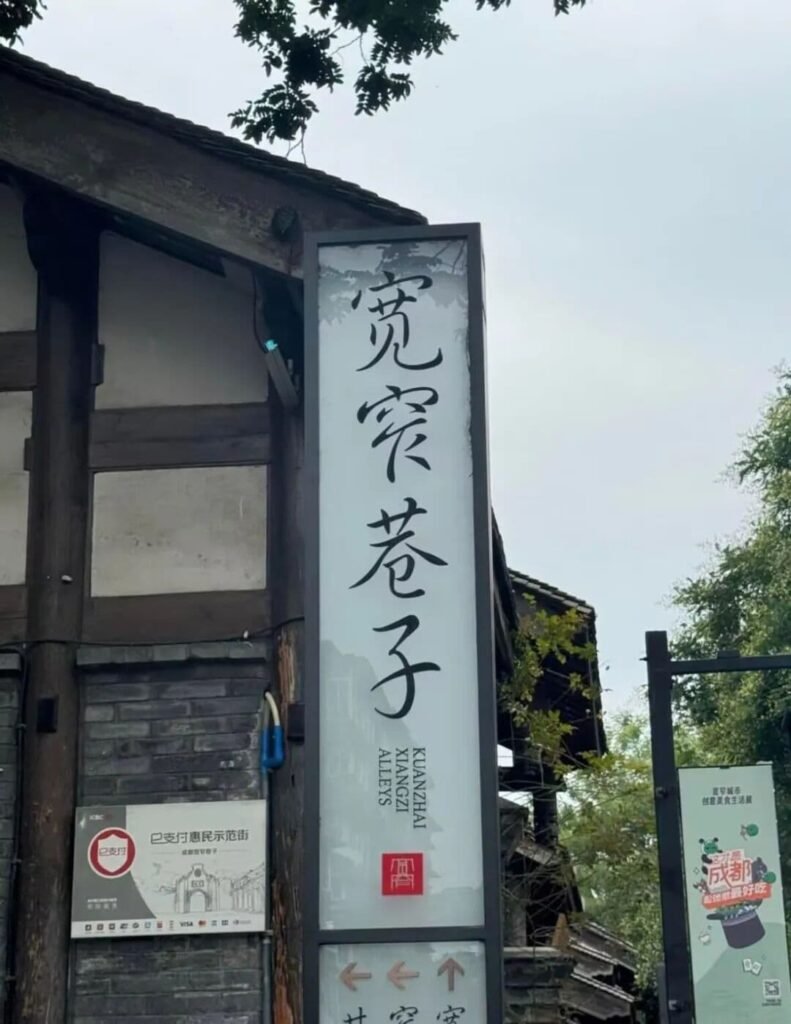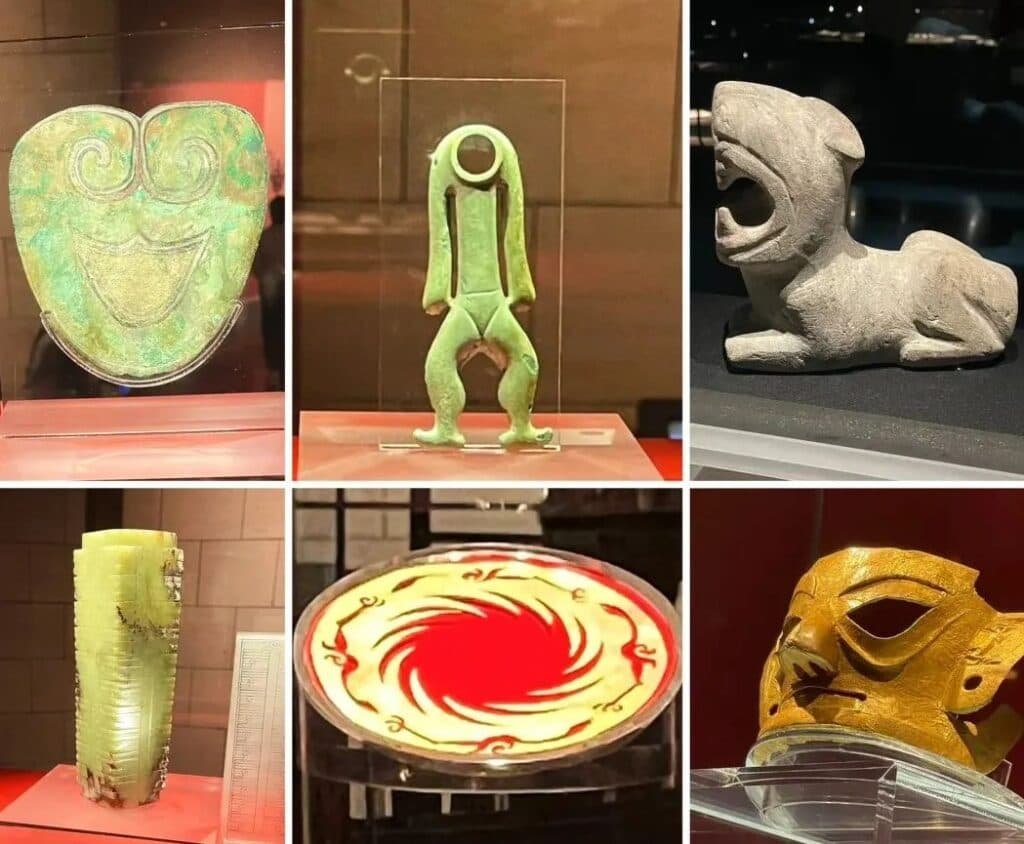The Ultimate Chengdu Itinerary: Your Step-by-Step Guide to Pandas, Food & Culture
Chengdu, a city where modern energy meets ancient tradition, is the proud home of giant pandas and a UNESCO-recognized “City of Gastronomy.” Famous for its leisurely pace of life, known locally as “bashi,” Chengdu invites you to slow down and savor the moment. For those wondering is Chengdu worth visiting, the answer is a resounding yes. This step-by-step Chengdu itinerary is designed to help you, the international traveler, efficiently plan an unforgettable Chengdu trip through the heart of Sichuan.
Step 1: Pre-Departure Preparation (1-2 Months Before)
Visa and Documents
Ensure your passport is valid for at least six months and apply for your Chinese visa well in advance. A 10-year multiple-entry visa is a great option for frequent travelers. Always carry your original passport, but keep digital copies saved in your cloud storage for backup.
Best Time to Travel
The ideal seasons are spring (April-May) and autumn (September-October), when the weather is mild and pleasant. Summer can be hot with occasional rain, while winter is foggy but less crowded.
Essential Apps and Connectivity
Download WeChat and link a credit card for payments—it’s indispensable in China. To maintain access to your regular online services, arrange for a reliable VPN before you depart.
Your Core Chengdu Itinerary: A 4-5 Day Step-by-Step Plan
This classic route ensures you experience the very best of the city and is widely considered the best Chengdu itinerary for first-time visitors looking for the top things to do in Chengdu.

Day 1: Pandas & Ancient Alleys
Morning: Go directly to the Chengdu Research Base of Giant Panda Breeding. Arrive right at opening (7:30 AM) to see the pandas at their most active during feeding time.
Afternoon: Explore the historic Kuanzhai Alley (Wide and Narrow Alley). Skip the main street souvenir shops and delve into the side alleys for charming teahouses and creative stores. Sipping tea from a gaiwan (lidded bowl) is a must-do experience.

Dinner: Sample local snacks on adjacent Kuixinglou Street. Use the Dianping app (which has a translate function) to navigate menus and try dishes like Zhong Dumplings and Sweet Water Noodles.
Day 2: History, Parks & Sichuan Opera
Morning: Visit the Wuhou Temple Museum, a shrine to the Three Kingdoms period, and stroll through the bustling Jinli Ancient Street nearby.
Afternoon: Immerse yourself in local life at People’s Park. Find a bamboo chair at Heming Teahouse, relax, and consider trying the unique ear cleaning service.
Evening: Book tickets in advance for a spectacular Sichuan Opera, famous for its mesmerizing face-changing performances.

Day 3: Culinary Deep Dive & Art Districts
Food Focus: Dedicate the day to Chengdu’s famous cuisine.
Breakfast: Start with Dandan Noodles from a local stall.
Lunch: Seek out the authentic, numbing spice of Mapo Tofu at a renowned restaurant.
Dinner: Experience a traditional Hot Pot meal. A “Yuanyang” (split) pot allows you to choose your preferred spice level.
Interlude: Balance your food tour with a visit to Dongjiao Memory, a trendy art district in a renovated factory, or the serene Blue Roof Art Museum.

Day 4: Day Trip Options
Option A: Dujiangyan & Qingcheng Mountain: Take a 30-minute high-speed train to see the incredible 2,200-year-old Dujiangyan Irrigation Project, then hike the Taoist trails of Qingcheng Mountain. This is one of the most popular Chengdu day trip options.

Option B: Sanxingdui Museum: Journey about 1.5 hours to this awe-inspiring museum showcasing the mysterious artifacts of the ancient Shu civilization.

Step 3: Practical Survival Guide
Navigating Chengdu: Your Transportation Itinerary
From the airport, take the subway (Line 10 from Shuangliu) or an airport shuttle. The city’s extensive subway system is the best way to get around. Download the DiDi app as a reliable ride-hailing alternative.
Food Ordering Made Easy
Don’t be shy about spice levels; clearly ask for “mild spicy” (wei la) or “not spicy” (bu yao la). Pointing at pictures or using a translation app is perfectly acceptable.
Cultural Notes
Tipping is not customary in China. For tea refills in a teahouse, you can simply place the lid on top of the cup or politely signal a server.
Step 4: Beyond the Classic Route (For Returning Visitors)
If you’re looking for more things to do in Chengdu after seeing the main sights, consider these deeper experiences:
Pengzhen Old Teahouse: Photograph a truly traditional, century-old teahouse.
Anren Ancient Town: Explore well-preserved mansions from the Republican era.
Ya’an Bifengxia: Participate in a panda volunteer program for a more hands-on encounter.
Chengdu’s true magic isn’t found on a checklist, but in its unhurried, “bashi” moments. If you’re still curious about what is Chengdu like, it’s this feeling of relaxed discovery. Allow time to wander, discover a food stall in a hidden alley, or simply watch the world go by from a park teahouse. This step-by-step Chengdu itinerary is your framework, but the best memories will be the unplanned ones you create along the way. For more inspiration on what to do in Chengdu, explore our comprehensive Chengdu travel guide. And a final tip: pack loose-fitting pants—the food is worth every extra bite.






